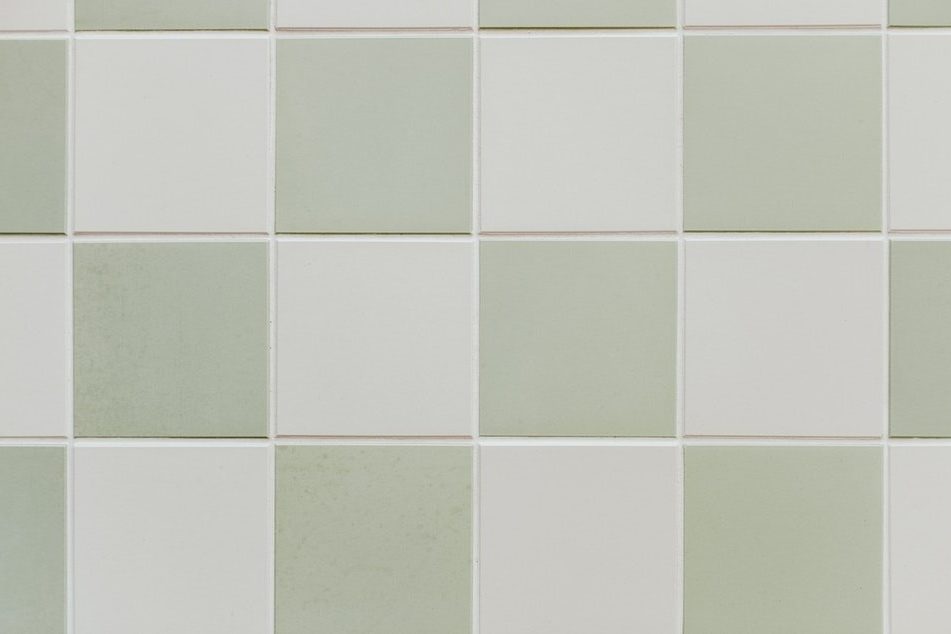
Installing porcelain tiles can be a challenge for homeowners. However, quality installation is within your grasp if you follow the correct steps and complete everything with the right equipment. Using the right thinset for porcelain tile is an important part of any job. The best thinset for porcelain tile will allow you to get the proper adhesive for the best bond.
When installing tile, there are a variety of bonding agents that can be used. Whether it be thinset, mastic, or epoxy, there are a number of options to consider, each with their own pros and cons.
When it comes to certain types of tile, it’s important to use to appropriate bonding agent, otherwise you could risk your tile not setting properly.
Most people suggest using modified adhesive to achieve an optimum bond for porcelain tile. This means if you only have non-modified thinset on hand, you’ll need to add a latex polymer admixture.
When installing porcelain tile, it’s important to note that all bonding materials have both minimum and maximum thicknesses. If your thinset is too thin it reduces bond strength. If it’s too thick it will provide inadequate compressive strength and may also cause shrinkage which can result in lippage or cracked tiles. While the thickness varies by product, the general standard is about ¼’’.
Tile installation can be a weekend project in some parts of your home. While installing new tile floors can be handled by most homeowners, it is slightly trickier than it appears. To do a high-quality job installing new tile, you must know the ins-and-outs of the project. Select the Best Trowel Size
First things first, you will need the proper set of tools and materials to ensure tile looks good and is functional. Here is a list of what you will need to start your project:
Before beginning, measure the floor to see how to configure the tile. Also, mix both your tile adhesive to ensure it ready to use by tiling laying time. Next, add a layer of cement board underlayment to provide an even, level surface for the tile. Attach it with backing screws to hold it in place. The seams need to be taped. Then, it is to configure your tile. Lay the border tile first to see how the interior pieces will fit together. It is then time to cut your interior tile to the proper size and shape with your tile cutter. This is done to get an even distribution of your pieces.
Now apply mortar to the floor to adhere to the tile. Then, lay each piece of tile above it to sink into the mortar. After laying your tile pieces, let the mortar underneath dry for 24 hours to ensure the pieces are locked in place. It is now time to grout your tile. Apply your grout mixture to the joints in between your tile pieces. Use a grout float to apply the grout to the tile joints. Trim any excess grout from the area. Then wipe away any unwanted grout residue You now have a fresh, newly tiled floor.
Now that you have some ideas about how thinset can improve different areas of your home, it’s time to get to work. At Tile Pro Depot, we carry the best options in thinset for your tile installation needs. If you need any assistance with installing porcelain tile, we would be happy to help. Feel free to contact us online or by phone at 844.751.2625. We are here for all your caulking questions.

Welcome to Tile Pro Depot! We established this site to service the specific needs of the tile installation professional. Tile installation tools, tile setting materials, premixed grout and more tile installation products online at Tile Pro Depot.